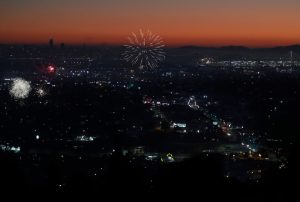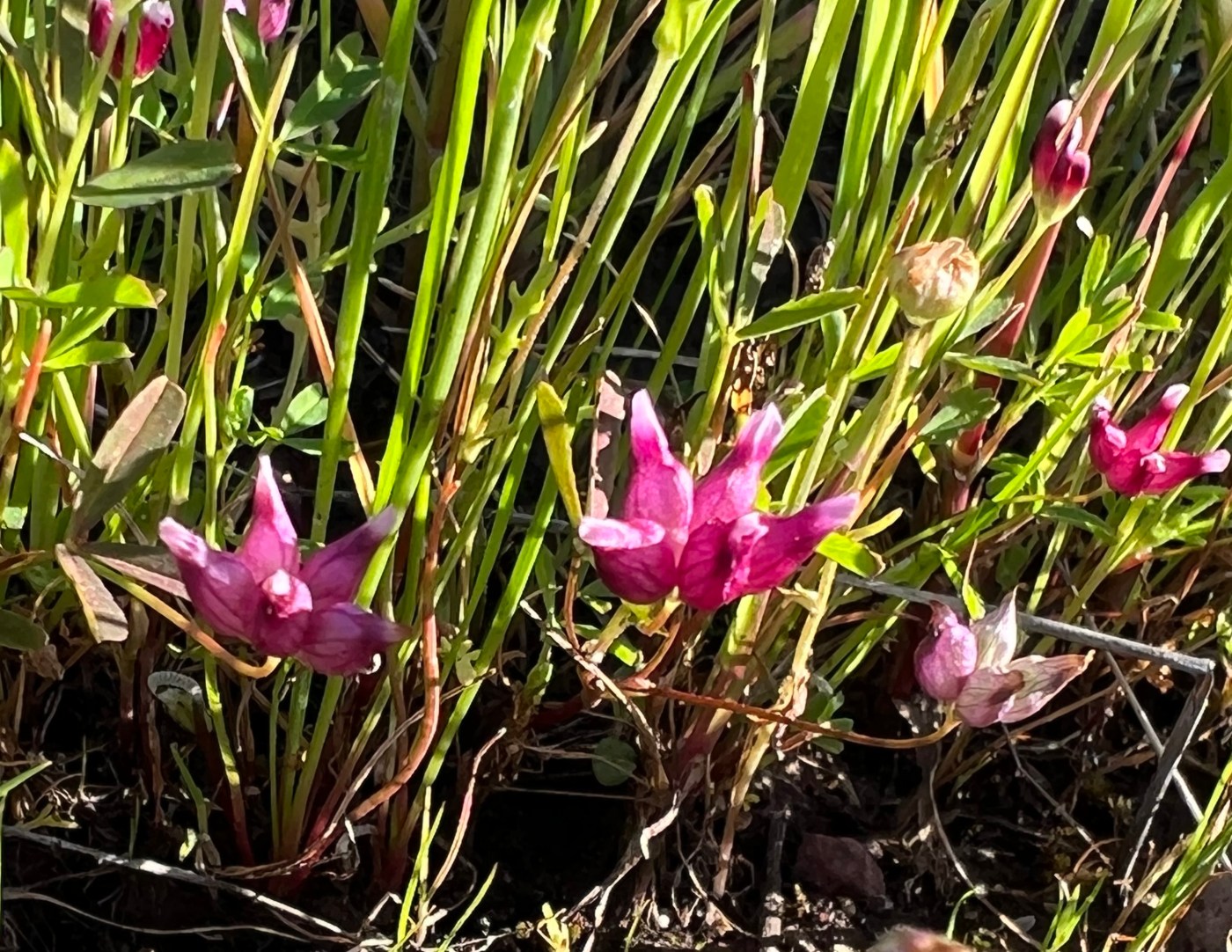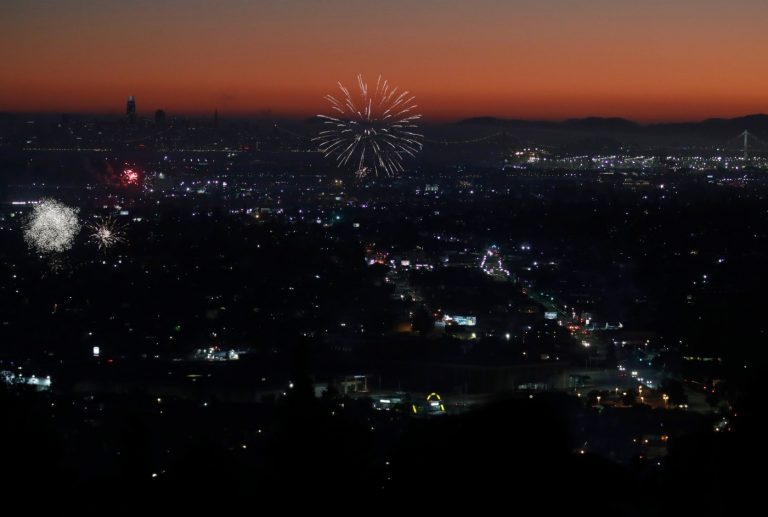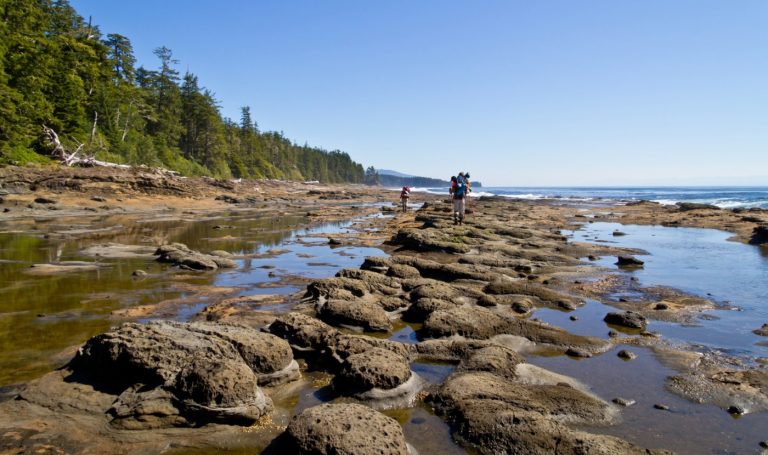CHICO — Tidy tips, cowbag clover, popcorn flower and Johnny-Tucks are just a few of the delicate wildflowers already sprouting this spring.
Roger Lederer and Carol Burr, retired Chico State professors and co-creators of the book “The Wildflowers of Bidwell Park,” said the area near the North Rim Trailhead and the Easter Cross is the best place to view wildflowers in Bidwell Park this spring.
When to see wildflowers
In about two weeks the flowers will really take off, and the parking lots in upper park will likely be packed, Lederer said. “Things are just getting started.”
The wildflower season depends highly on the amount of rainfall, Lederer and Burr said.
In January and February, 9.28 inches of rain fell on Chico and Durham. So far 1.7 inches of rain have fallen in March.
If there is more rain, the wildflower season will often start later and last longer, Lederer said.
In 2023, 14.14 inches of rain fell January through March. This was a steep increase from 0.91 inches of rain in January through March 2022.
“Last year was exciting just because after a lot of drought things (wildflowers) really went ‘woo!’” Burr said.
The duration of each wildflower’s bloom varies, but heat is a huge factor.
“Soon as it gets really hot a lot of things go away,” Burr said.
While spotting wildflowers in near the Easter Cross on Thursday morning, Burr and Lederer came across a white wildflower they didn’t recognize. Lederer used the app PictureThis to take a picture of the flower and identify it as false garlic, sometimes called crow poison.
“These look like they’re coming to an end already,” Burr said about the false garlic.
Some wildflowers won’t begin to bloom until June, Burr said.
“You can find wildflowers actually all year round, but this is the best time,” Lederer said.
Where
Near the Easter Cross and the North Rim Trailhead is the best place to see wildflowers because of its accessibility and the vastness of its hills, said Lederer and Burr.
Parking in this area gives easy access to a variety of flat and slightly steep trails.
Lederer said the blooms in this area are “spectacular, because you can see big fields of them.”
There are hundreds of different wildflowers in Bidwell Park and some tend to grow in different areas.
“Upper park is more hilly, and more rocky,” Burr said. “And so you might see stonecrop and some other different plants up there.”
In lower park, periwinkle, a non-native flower, is blooming near the creek. Because lower park is the most used part of the park, there is less variety in this area, Burr said.
What’s in bloom?
Some of the wildflowers currently in bloom are “belly flowers” which is a much more fun way of saying “really small flowers.”
They’re called belly flowers because you have to theoretically lie down on your stomach to see them. In reality, kneeling down close to the ground, or even looking closely while standing will suffice.
If you want a really good look at them you can do what Lederer does, bring a magnifying glass.
Some of the belly flowers currently in bloom are popcorn flower, cowbag clover and Johnny-Tuck.
Popcorn flower looks like tiny white popcorn. Cowbag clover, also called dwarf sack clover, resembles a cow’s udder if it were a more reddish purple shade.
Johnny-Tuck, sometimes called “eggs and butter” for its yellow shade, is thought to be named after John Bidwell. However, the origins of the “Tuck” part of the name are unknown according to Lederer’s entry on the flower in “The Wildflowers of Bidwell Park.”
Pineapple weed is also sprouting in the park. Though Lederer has a strict rule against picking flowers or any plant in the park, he said pineapple weed smells like pineapple or vanilla when you crush the head of the plant between your fingers.
Each flower has multiple common names that vary depending on who you ask. Each flower, as with every plant, has a scientific Latin name that is universal.
“Common names are just all over the place,” Lederer said. “The only thing that botanists go by is the scientific names.”
Trail etiquette
To ensure a lasting wildflower season that everyone can enjoy, Burr and Lederer said people should stay on trail, keep their dogs on leash and leave the park the way they found it.
“It’s a natural area, and it’ll do fine all by itself,” Lederer said. “You don’t need to do anything to it.”
In addition to “The Wildflowers of Bidwell Park,” the couple also published “The Trees of Bidwell Park” and “The Birds of Bidwell Park.” Lederer, who studied and taught biological sciences, wrote the content of the books. Burr, who taught English and developed multiple programs at Chico State, illustrated the books.
The books can be found online at chicobooks.com and at various downtown businesses.













+ There are no comments
Add yours